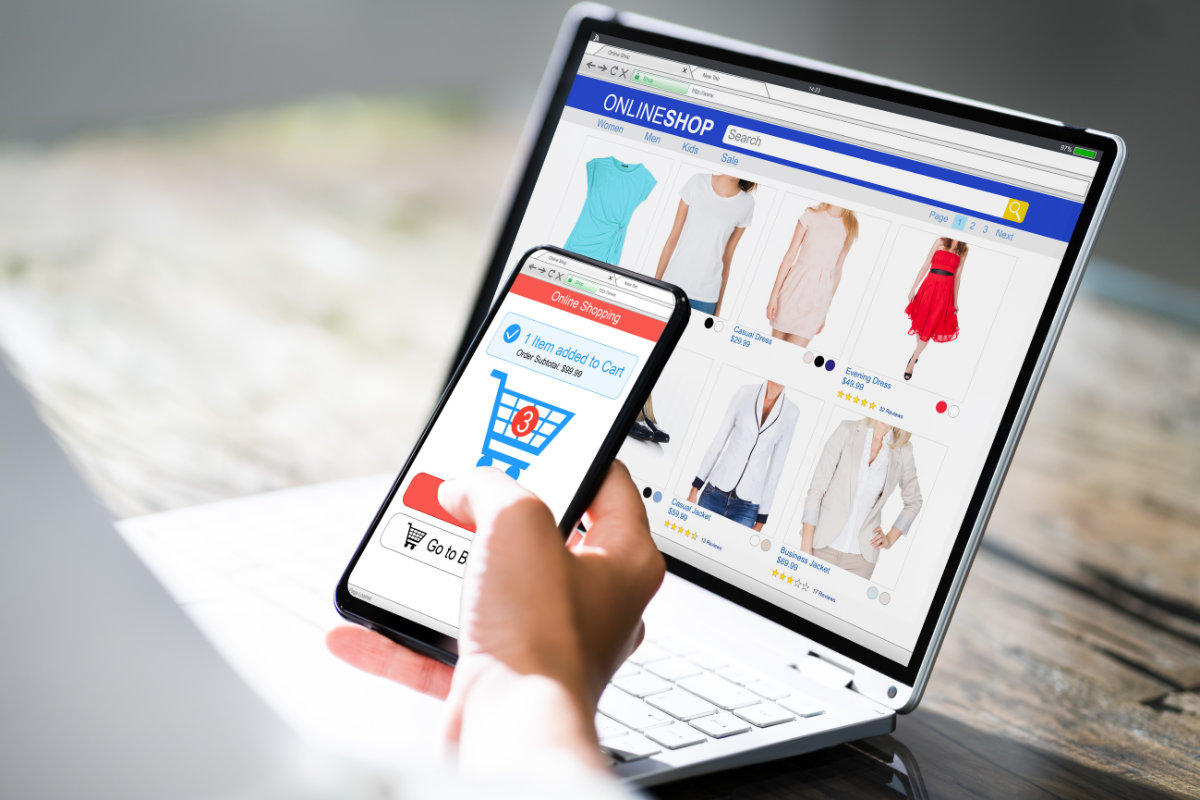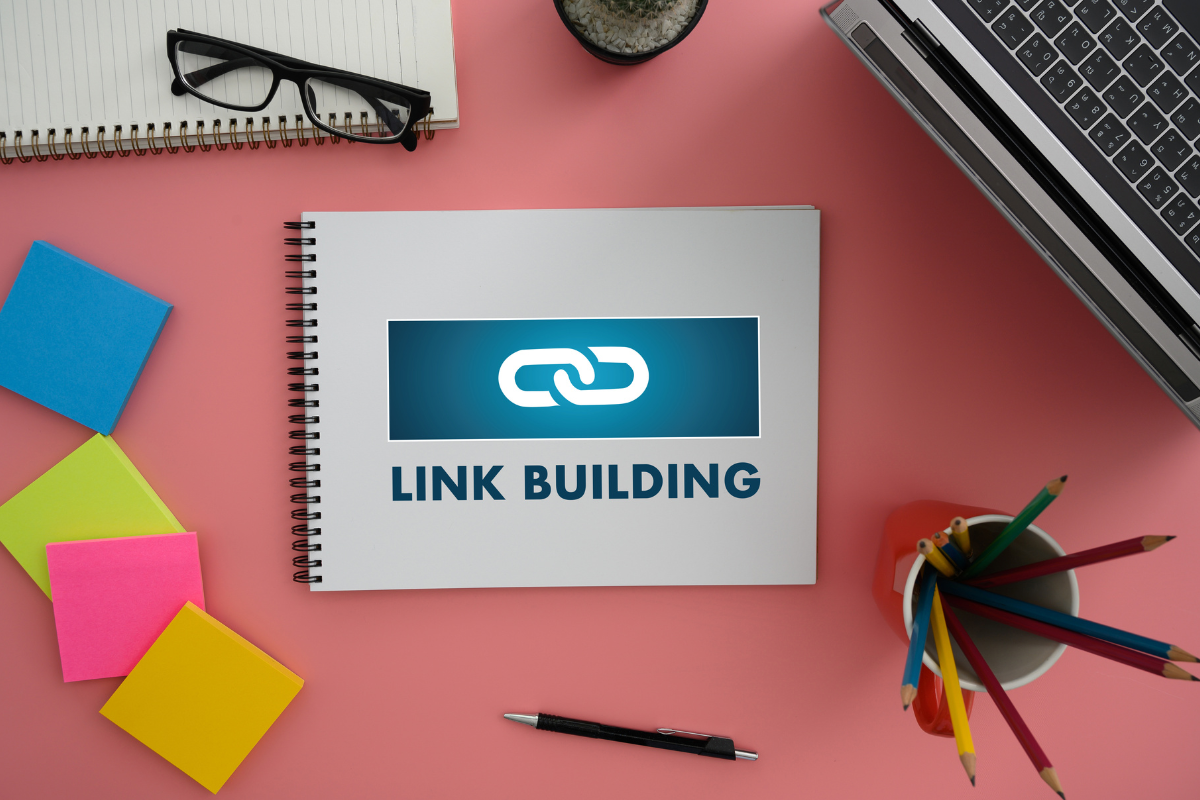
Post Title
How Fast Fashion Websites Use Data and AI to Predict Trends
February 22, 2025
Fast fashion websites have revolutionized shopping, shifting from seasonal trend-setting to instant, data-driven predictions. AI plays a crucial role by analyzing consumer behavior, social media, and competitor strategies to forecast demand and influence trends before customers even realize their desires.
However, success in fast fashion isn’t just about trend prediction—it’s also about delivering a seamless user experience. A fast-loading, user-friendly website is critical for retaining visitors and improving search rankings. Search engines prioritize speed and usability, meaning slow, cluttered sites lose both customers and visibility.
Now let’s explore how AI and data empower brands to stay competitive while emphasizing the crucial role of fast fashion websites in securing top search rankings and customer loyalty.
The Data-Driven Revolution in Fast Fashion Websites

Fast fashion is all about speed—getting the latest trends from the runway to your cart in record time. But how do brands pull this off so effortlessly? The secret weapon is data—tons of it.
In the past, trend forecasting meant relying on designers and fashion experts traveling the world, spotting styles that might take months to reach stores. Now, AI and data do the job in real-time, analyzing millions of data points in fast fashion websites to ensure brands stay ahead.
Here’s how AI is changing the game:
- Identifying trends before they go viral – AI scans social media, search trends, and customer interactions to predict what’s next.
- Understanding customer preferences – By analyzing browsing history, past purchases, and even abandoned carts, brands can tailor recommendations.
- Optimizing inventory – AI helps brands produce the right amount, reducing waste and costly overproduction.
- Creating hyper-personalized experiences – From AI-powered chatbots to smart recommendations, shoppers get a seamless, customized experience.
But fast fashion isn’t just about producing clothes quickly—it’s about making smart decisions. AI ensures brands get it right the first time, cutting costs, reducing waste, and maximizing profitability.
As the industry evolves, one thing is clear: those who leverage data and the use of fast fashion websites effectively will dominate the fast fashion game.
Where Do Fast Fashion Brands Get Their Data?
Fast fashion brands don’t rely on gut feelings or wait for trends to emerge—they use data to predict and shape demand in real-time. But where does all this data come from? The answer lies in multiple digital sources, especially social media.
Here’s how brands stay ahead of the curve:
- Social Media Platforms – Instagram, TikTok, and Pinterest are goldmines for trend analysis. AI scans hashtags, viral videos, and influencer content to detect trending colors, patterns, and styles. Consistent posting and smart social media management ensure brands attract and engage customers.
- Search Engine Queries – Google Trends and search data in fast fashion websites help brands understand what shoppers are actively looking for. If searches for “cargo pants” spike, expect them to hit stores fast.
- E-commerce Behavior – Brands track browsing habits, abandoned carts, and purchase history to personalize recommendations and boost conversions.
- Competitor Analysis – AI-powered tools monitor what’s selling well across competing brands, helping companies adjust their collections accordingly.
- Fashion Shows & Influencers – AI analyzes runway trends and influencer outfits, quickly translating high fashion into affordable, mass-market styles.
In this digital era, social media management isn’t just important—it’s essential. Brands that engage with customers, post consistently, and respond to trends have a competitive edge. The more visibility they create, the more customers they attract—turning likes and shares into actual sales.
AI-Powered Trend Prediction: How It Works?

Ever wondered how fast fashion brands go from spotting a trend on TikTok to selling it online in just weeks—or even days? The secret lies in AI-powered trend prediction models, which transform raw data on social media and fast fashion websites into real-time fashion insights.
Here’s how the process works:
- Data Collection – AI scrapes social media, e-commerce platforms, and search engines, gathering massive amounts of trend-related data. Viral hashtags, influencer outfits, and popular searches all play a role.
- Pattern Recognition – Machine learning algorithms analyze the data to detect patterns, identifying which styles, colors, and designs are gaining traction.
- Forecasting Demand – AI determines whether a trend will be a fleeting fad or a long-term shift, helping brands decide which styles to prioritize.
- Product Development – Designers use AI insights to create collections that match consumer preferences, ensuring new releases align with what shoppers want.
- Manufacturing & Distribution – AI optimizes production, ensuring the right amount of stock is made and sent to the right locations, minimizing waste, and maximizing efficiency.
This data-driven approach eliminates guesswork, allowing fast fashion brands to deliver exactly what consumers want—before they even know they want it! With AI streamlining every step, brands can launch new styles at lightning speed, staying ahead in the ever-changing fashion game.
Social Media Scraping and The Power of TikTok Ads
Today, fashion trends don’t start on the runway—they start on social media. Platforms like TikTok, Instagram, and Pinterest shape what people wear, and AI helps fast fashion brands stay ahead by analyzing these digital conversations.
Here’s how AI-powered social media scraping and influencer analytics work:
- Hashtag & Caption Analysis – AI scans trending hashtags, captions, and comments to detect rising styles before they go mainstream.
- Image & Video Recognition – Machine learning tools analyze visual content to spot popular colors, patterns, and silhouettes.
- Influencer Analytics – AI measures engagement rates on fashion-related posts to determine which influencers and trends are driving the most hype.
- Sentiment Analysis – AI evaluates customer reactions, identifying which styles generate the most positive buzz and which ones are flops.
But spotting trends isn’t enough—brands need to get their styles in front of the right audience. This is where TikTok Ads become a game-changer. With AI-driven ad targeting, brands can promote trending products directly to users who engage with similar content, maximizing visibility and boosting sales.
For fast fashion websites, this strategy turns viral trends into instant sales opportunities. Whether it’s a celebrity-inspired look or the latest TikTok aesthetic, AI ensures brands never miss a beat—and TikTok Ads ensure customers see it first.
Consumer Behavior Tracking: The SEO Advantage

Ever wondered how fast fashion websites seem to know exactly what you want? It’s all thanks to AI-powered consumer behavior tracking. By analyzing real-time shopping habits, brands can create hyper-personalized experiences that keep customers engaged and drive sales.
Here’s what AI tracks to understand individual preferences:
- Product Interactions – AI monitors what customers view, add to their cart, and purchase.
- Browsing Time – The longer a user stays on a product page, the higher the likelihood of interest.
- Purchase & Return History – Past orders help brands recommend relevant products while returns signal areas for improvement.
- Response to Recommendations – AI fine-tunes suggestions based on what customers click on and buy.
However, tracking data isn’t the only thing—getting your fast fashion websites discovered online is just as important. This is where Search Engine Optimization comes into play. Fast fashion brands optimize product descriptions, blog content, and meta tags with high-ranking keywords to attract organic traffic. The more personalized and search-friendly their content is, the better their visibility on Google and other search engines.
Additionally, AI-driven SEO tools analyze search trends, helping brands create content that matches what shoppers are actively looking for. Combined with personalization strategies, this means customers not only find the brand easily but also receive product suggestions tailored to their tastes—turning casual browsers into loyal buyers.
Predictive Analytics in Design and Production
AI isn’t just about spotting trends—it’s revolutionizing the way fast fashion brands design and produce clothing. By using predictive analytics, brands can anticipate demand, reduce waste, and make smarter production decisions before a single stitch is sewn.
Here’s how AI-driven predictive analytics transforms the process:
- Forecasting Best-Sellers – AI analyzes past sales data, search trends, and social media buzz to predict which styles will perform well before they even hit production.
- Consumer-Driven Design Adjustments – Brands can tweak colors, fits, and fabrics based on customer preferences, ensuring collections match what shoppers actually want.
- Reducing Overstock & Waste – AI optimizes inventory levels, helping brands produce just the right amount and preventing unsold stock from piling up in warehouses.
This data-driven approach not only saves brands money but also reduces fashion waste, making fast fashion more sustainable.
Additionally, AI-powered automation speeds up manufacturing, ensuring that trending styles go from concept to checkout in record time. When combined with SEO strategies and having the right design for fast fashion websites, brands can create buzz around upcoming collections, ensuring demand is already high before launch.
By predicting trends and optimizing production, AI gives fast fashion brands the edge they need to stay ahead in an ultra-competitive market—while keeping their operations lean, efficient, and responsive to real-time demand.
The Ethical Dilemma: Data Privacy and Sustainability

AI has transformed fast fashion websites, making them faster and more efficient—but it also brings ethical challenges that brands can’t afford to ignore. Today’s shoppers care about more than just trends; they want transparency, sustainability, and responsible data practices.
Here are the biggest concerns brands must address:
- Data Privacy – AI collects massive amounts of consumer data, raising concerns about how personal information is stored, used, and protected. Mishandling this data can lead to security breaches and loss of customer trust.
- Environmental Impact – AI helps brands forecast demand and reduce overproduction, but fast fashion still contributes to textile waste and overconsumption. Consumers are demanding more eco-friendly alternatives and responsible production methods.
- Labor Conditions – The pressure to produce affordable clothing at high speed often leads to unethical labor practices. AI can optimize supply chains, but brands must also ensure fair wages and safe working environments.
The Role of Reputation Management
As these concerns grow, reputation management is more critical than ever. Brands that fail to address ethical issues risk backlash, negative press, and lost customers. AI-powered tools can help monitor online sentiment, track reviews, and identify potential PR crises before they escalate.
By prioritizing ethical AI use, sustainable practices, and transparent data policies, brands can build trust and long-term loyalty. The future of fast fashion isn’t just about speed—it’s about responsibility.
The Future of AI and The Role of Content Marketing
The future of fast fashion will be driven by AI-powered innovation, reshaping how brands design, produce, and sell clothing. But staying ahead isn’t just about adopting new technology—it’s about educating and engaging consumers through content marketing.
Here’s what we can expect:
- Hyper-Personalization – AI will create even more tailored shopping experiences with virtual fitting rooms, AI stylists, and smart recommendations on fast fashion websites and social media. Content marketing can support this by providing engaging fashion guides, AI-powered quizzes, and styling tips to keep customers engaged.
- Sustainable AI – AI will help brands optimize production, reduce waste, and create eco-friendly collections. Content that highlights these efforts—such as sustainability blogs, behind-the-scenes videos, and transparency reports—can build trust and attract eco-conscious shoppers.
- Blockchain Integration – AI and blockchain will enhance supply chain transparency, ensuring ethical sourcing and preventing counterfeits. Educating consumers through detailed product descriptions, ethical sourcing blogs, and interactive supply chain maps can boost credibility.
- 3D Printing & On-Demand Fashion – AI-powered production will enable on-demand manufacturing, reducing excess inventory. Content marketing can highlight the benefits of this shift, emphasizing exclusivity, sustainability, and customization.
Why Content Marketing Matters
As AI makes fashion more data-driven and customer-focused, brands need to communicate these innovations effectively. High-quality content—blogs, videos, social media posts, and influencer collaborations—will bridge the gap between AI-driven fashion and consumer awareness, keeping brands relevant and competitive.
Visio SEO: The Secret to High-Performing Fast Fashion Websites

Success in fast fashion isn’t just about keeping up with trends—it’s about staying visible, engaging customers, and converting traffic into sales. With a strategic approach to SEO, web design, and content optimization, we help fast fashion websites rank higher, load faster, and deliver seamless shopping experiences that keep customers coming back.
The future of fast fashion is digital, and brands that invest in SEO-driven strategies will be the ones that dominate. From AI-driven keyword strategies to optimizing product pages for better search visibility, Visio SEO ensures your brand stands out in an ultra-competitive market.
Don’t let slow load times, poor rankings, or missed opportunities hold your business back. Book a web design appointment and transform your website into a high-performing, trend-setting powerhouse that drives traffic, sales, and long-term success.
Let’s take your e-commerce business to the next level—get started now!
Contact Us
Contact Us
We will get back to you as soon as possible
Please try again later
Subscribe to Our Newsletter
Stay up to date with our latest offers and promotions by signing up now!
Contact Us
We will get back to you as soon as possible.
Please try again later.

We are the premier digital marketing solution in Elgin. Contact us today to get your free, no-obligation consultation!










